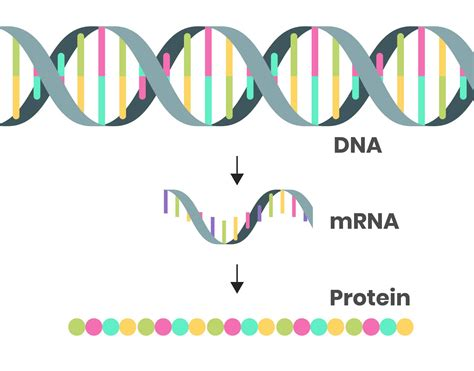
The Discovery of mRNA: Unraveling the Genetic Code
Introduction
The discovery of messenger RNA (mRNA) in the early 1960s marked a significant milestone in molecular biology, fundamentally transforming our understanding of genetic expression and protein synthesis. This pivotal breakthrough not only elucidated the role of RNA as an intermediary between DNA and proteins but also laid the groundwork for advancements in genetics, biotechnology, and medicine, including the development of mRNA vaccines. This write-up explores the historical context, key figures, major experiments, and the lasting impact of the discovery of mRNA.
Historical Context
The Molecular Biology Landscape
In the mid-20th century, the field of molecular biology was rapidly evolving. The structure of DNA was elucidated by James Watson and Francis Crick in 1953, leading to a surge of interest in understanding how genetic information was translated into biological function. However, the mechanisms of gene expression remained largely unclear. Scientists were grappling with questions about how the genetic code in DNA was converted into functional proteins, which are essential for cellular processes.

The Role of RNA
Prior to the discovery of mRNA, it was hypothesized that RNA played a crucial role in protein synthesis. However, the specific function of different types of RNA was not well understood. Researchers speculated about the existence of a messenger that would carry genetic information from DNA to ribosomes, the cellular machinery responsible for protein synthesis. This hypothesis set the stage for the search for mRNA.
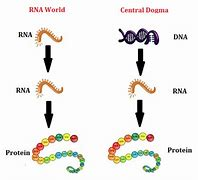
Key Figures and Experiments
François Jacob and Jacques Monod
In the early 1960s, French biologists François Jacob and Jacques Monod were at the forefront of research on gene regulation in bacteria. They proposed the existence of mRNA as a crucial intermediary in the process of protein synthesis. Their pioneering work on the lac operon in E. coli provided insights into how genes are expressed and regulated, reinforcing the idea that mRNA is essential for translating genetic information into proteins.

The Experiments of Sydney Brenner and Others
Sydney Brenner, along with his colleagues, conducted experiments that were instrumental in confirming the existence of mRNA. In 1961, Brenner, Jacob, and Elie Wollman performed experiments using bacteriophage T4 to study how RNA was synthesized in infected E. coli cells. They observed that the synthesis of RNA was closely tied to protein production, leading them to conclude that a specific type of RNA was responsible for carrying genetic information.
The Landmark Publications
The culmination of these efforts came in 1961 when multiple research teams published their findings on mRNA. One of the key papers was authored by Jacob and Monod, which described the role of mRNA in protein synthesis. Concurrently, Marshall Nirenberg and Heinrich Matthaei conducted groundbreaking experiments that demonstrated the direct role of mRNA in translating the genetic code into proteins, further solidifying the understanding of mRNA’s function.

The Significance of the Discovery
Understanding Gene Expression
The discovery of mRNA revolutionized the field of genetics by providing a clear mechanism for how genetic information is expressed. It established that mRNA serves as a template for protein synthesis, bridging the gap between the genetic code stored in DNA and the functional proteins produced in cells. This understanding has had profound implications for molecular biology, genetics, and biotechnology.
Advancements in Biotechnology
The elucidation of mRNA’s role paved the way for significant advancements in biotechnology, including the development of recombinant DNA technology and gene cloning. Researchers could manipulate mRNA to produce specific proteins, leading to breakthroughs in medicine, agriculture, and industry.
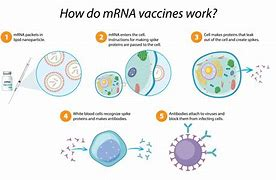
Impact on Medicine: mRNA Vaccines
In recent years, the discovery of mRNA has gained renewed significance with the development of mRNA vaccines, particularly during the COVID-19 pandemic. The Pfizer-BioNTech and Moderna vaccines utilize synthetic mRNA to instruct cells to produce a harmless piece of the SARS-CoV-2 virus, prompting an immune response. This innovative approach has demonstrated the potential of mRNA technology in vaccine development and therapeutic applications.
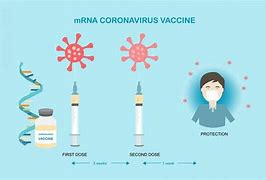
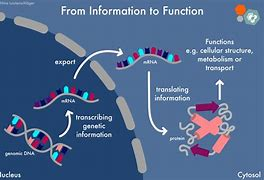
Conclusion
The discovery of mRNA was a landmark achievement in the field of molecular biology, fundamentally altering our understanding of genetic expression and protein synthesis. Pioneering scientists such as François Jacob, Jacques Monod, Sydney Brenner, and Marshall Nirenberg played crucial roles in unraveling the complexities of gene regulation and expression. The implications of this discovery extend far beyond the laboratory, influencing advancements in biotechnology and medicine, particularly in the development of mRNA vaccines. As we continue to explore the potential of mRNA technology, the foundational work of these scientists remains a testament to the power of scientific inquiry and innovation.
FAQs
Q1: What is messenger RNA (mRNA)?
A1: Messenger RNA (mRNA) is a type of RNA that carries genetic information from DNA to ribosomes, where it serves as a template for protein synthesis.
Q2: Who were the key scientists involved in the discovery of mRNA?
A2: Key figures include François Jacob, Jacques Monod, Sydney Brenner, and Marshall Nirenberg, who conducted pivotal experiments that confirmed the existence and function of mRNA.
Q3: How did the discovery of mRNA impact biotechnology?
A3: The discovery of mRNA paved the way for advancements in recombinant DNA technology, gene cloning, and the development of mRNA vaccines, significantly impacting medicine and biotechnology.
Q4: What role does mRNA play in vaccines?
A4: mRNA vaccines use synthetic mRNA to instruct cells to produce a harmless piece of a virus, prompting an immune response without causing disease.
Q5: Why is the discovery of mRNA considered significant?
A5: The discovery of mRNA provided a clear mechanism for gene expression, revolutionized molecular biology, and led to significant advancements in biotechnology and medicine.
For further exploration of the discovery of mRNA and its implications, consider visiting:
- TriLink BioTechnologies: Who Discovered Messenger RNA?
- Institute Pasteur: Discovery of Messenger RNA in 1961
- Nobel Prize: The Role of mRNA in Medicine


